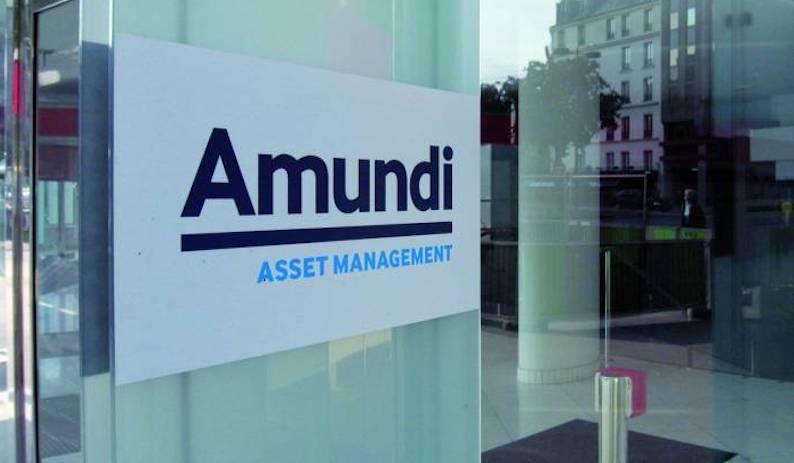Several research reports have recently highlighted that collateralised loan obligations (CLOs) – a particular type of pre-2008 securitisation backed by broadly syndicated loans – are meeting their original pre-crisis performance expectations. Will this performance end in the current market turmoil or are there reasons to believe that CLOs could in fact outperform more traditional assets?
Managed CLOs
Most securitisations were created to take assets originated by financial institutions off-balance sheet and much has already been written about the dangers of collateralised debt obligations and other types of asset-backed securities. While some financial institutions did issue CLOs backed by their own originated assets, a number of CLO transactions were issued as investment vehicles where the assets were selected and managed by third-party professionals. These CLOs are known as cash flow arbitrage CLOs, or managed CLOs.
Managed CLOs were not driven by supply-side considerations – i.e. banks looking to finance balance sheet loans – but by the demand side of institutions looking to make an investment in the liquid, broadly syndicated loan market. In these transactions, the equity investor engaged a manager to select a discrete portfolio of bank loans in the primary and secondary markets and, subject to clear constraints, manage this portfolio.
Managed CLOs have indeed fared well over the past two years for investors who looked behind the acronym to see a managed loan fund, supported by attractive long-term, non-recourse financing. A combination of fundamental analysis on the underlying loan portfolios and documentation review and financing has the potential to generate excess returns.
Loan portfolio
Investments in managed CLOs are attractive for certain credit investors partly because the ultimate return to maturity is based on their ability to analyse pure fundamental credit risk. The funding in the managed CLO does not have strict mark-to-market triggers; their returns are earned primarily as a stream of quarterly distributions based on the difference between the spread on the loans and the cost of the funding, with limited sensitivity to the market value volatility in the underlying loan portfolio.
Credit analysts can focus on the ability of a company to service the debt rather than the short term changes in the market value of its loans. As a result, the performance of managed CLOs will reflect the quality of their respective discrete portfolios, not the market as a whole but rather a discrete portfolio of loans and a distinct manager.
Investors confident of a manager’s ability in selecting loans with lower probability of default than the market will be keen to take the long term, non mark-to-market funding to enhance returns.
In the current environment, an investor may believe that the authorities will do whatever it takes to avoid a period of significant GDP decline but still feel uncomfortable with equity volatility or the long duration risk of corporate bonds. In this context, an asset which offers exposure to pure credit risk in the form of defaults, and offers potentially high returns linked to Libor could be attractive.
Long-term play
The fact that these investments hide behind a TLA (three letter acronym) means they are largely held by non-traditional investors who benefitted from the massive liquidations which took place in 2008 and 2009. Most enjoy long-term capital, have a deep understanding of the assets and are less likely to become forced sellers despite the current turbulence.
Defaults are low and likely to stay low over the next two years given the lack of maturities in the US loan market. I believe that without defaults then the features that have driven cashflows (rising margins, Libor floors etc) should remain in place. CLO equity cashflows are attractive and, based on their structure, cashflows are likely to be supported by the ability to reinvest principal proceeds in secondary and primary market loans offering higher yields in the current market.









